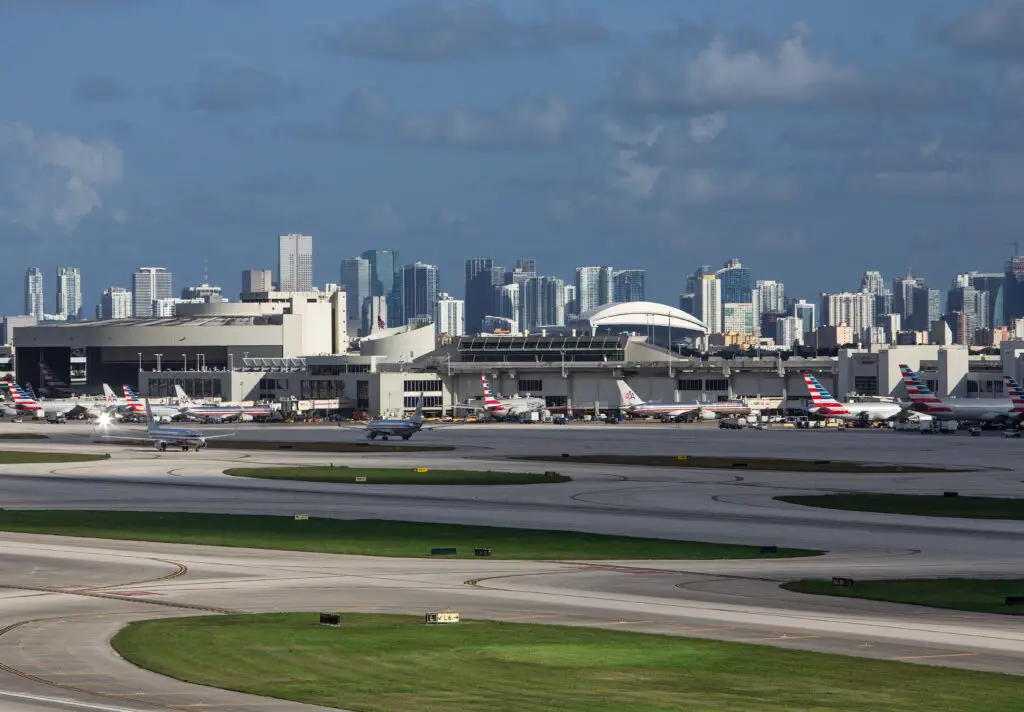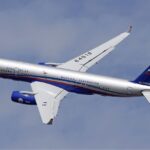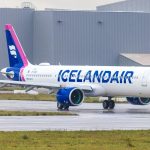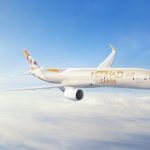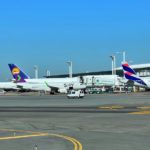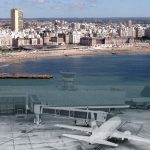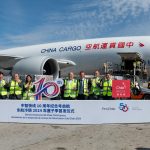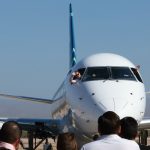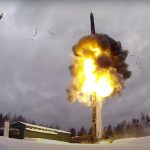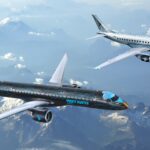Twelve U.S. airports will receive over USD 100 million in funding from the Federal Aviation Administration (FAA) with the aim of mitigating the risk of runway incursions, under the principle that even though aviation is going through the safest period in its history, nothing should be left to chance.
These investments will enable progress in plans to reconfigure taxiways that often confuse pilots, install new signage and lighting, or build new taxiways that provide more flexibility.
In this regard, the Associate Administrator of the FAA, Shannetta R. Grifin, said that «some airfields have complex layouts that can create confusion for pilots and other airport users. This funding will reconfigure complex taxiway and runway intersections to help prevent incursions and enhance the safety of the National Airspace System».
Also see: A Boeing 737 and a vehicle crossing the runway were 53 meters from colliding
The agency detailed the projects in which these funds will be invested:
- Miami International Airport: $6 million to shift one taxiway (L1) and fix the intersection of two other taxiways (M & Q).
- Harry Reid International Airport: $13.4 million to reconfigure four taxiways (U, E, F and H) to meet safety standards, shift two runways (8L/26R and 1L/19R) and install runway status and guard lights. Runway status lights alert pilots and others if it is not safe to enter the runway.
- San Diego International Airport: $24 million to construct a new taxiway (A), eliminating the need for aircraft to back-taxi on the runway.
- Tucson International Airport: $33.1 million to construct a taxiway (C) and shift and rebuild runway (11R/29L) to be further away from a parallel runway.
- Norman Y. Mineta San Jose International Airport: $10.8 million to build a taxiway (V) to provide more direct access to aircraft hangars.
- Pensacola International Airport: $1.17 million to install runway guard lights for Runways 8/26 and 17/35 to address safety issues identified by a Runway Safety Action Team.
- Prescott International Airport in Prescott, Ariz.: $7.4 million to shift a taxiway (C) 75 feet east.
- Abraham Lincoln Capital Airport in Springfield, Ill.: $7.4 million to remove portions of Runway 18 and Runway 36 and extend a taxiway (G) to maintain access to the existing north apron.
- Bellingham International Airport in Bellingham, Wash.: $1.3 million to reconfigure a connecting taxiway (F) from its current airfield location to a new midfield connector.
- Republic Airport in East Farmingdale, N.Y.: $12.4 million to reconstruct a taxiway (A), add a taxiway edge lighting system and replace existing airfield guidance signs.
- Waverly Municipal Airport in Waverly, Iowa: $223,000 to construct a parallel taxiway from the Runway 11 turnaround to the apron, eliminating the need for aircraft to back-taxi on the runway.
- Charles B Wheeler Downtown Airport in Kansas City, Kan.: $844,000 for two parallel taxiways (L and D) to Runway 3 to eliminate the need for aircraft to back-taxi on the runway.
During the past year, there were several incursions that garnered a lot of media attention due to the magnitude of the potential tragedies that were avoided.
Also see: Two planes almost collide at New York airport: This is what we know
In March, the FAA organized a Safety Summit to discuss the issue with airline leaders, crews, ground staff, and air traffic controllers to identify causes and necessary actions to improve safety.
Several technologies have been implemented such as runway status lights (in-pavement lights alert pilots that entering a runway is unsafe due to other traffic on or approaching the runway); Airport Surface Detection Equipment, Model X (ASDE-X), A surveillance system using radar, multilateration and satellite technology that allows air traffic controllers to track surface movement of aircraft and vehicles. It or its sister system, Airport Surface Surveillance Capability, is located at the country’s 43 largest airports; and ASDE-X Taxiway Arrival Prediction system that predicts when a pilot lines up to land on a taxiway and provides a visual and audible alert to controllers
Runway Incursions
A «runway incursion» is an event in which an unauthorized aircraft, vehicle, person, or other object is on the runway. This presence creates a hazard for aircraft that are taking off, landing, or moving on the runway. It interferes with the normal operation of the airport and can potentially cause accidents or collisions.
The Federal Aviation Administration (FAA) categorizes runway incursions as follows:
- Category A: A serious incident in which a collision was narrowly avoided.
- Category B: An incident in which separation decreases and there is a significant potential for collision, which may result in a critical corrective/avoidance action to prevent a collision.
- Category C: An incident characterized by ample time and/or distance to avoid a collision.
- Category D: An incident that meets the definition of runway incursion, such as the incorrect presence of a single vehicle/person/aircraft in the protected area of a surface designated for the landing and takeoff of aircraft, but with no immediate consequences for safety.

